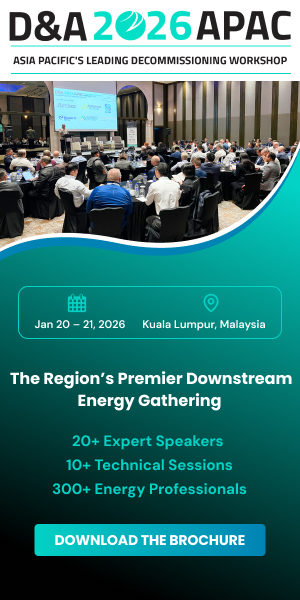Viridien, through its subsidiary CGG Services SAS, has been awarded a contract to reimage two legacy 3D seismic data sets totalling 2,400 sq km in the Hassi Bir Rekaiz concession in the Berkine Basin, Eastern Algeria
The contract was awarded by Groupement Hassi Bir Rekaiz, a joint Sonatrach and PTTEP joint venture.
During the 13-month project, Viridien scientists are completely reimaging and merging the two legacy seismic datasets, originally acquired in 2011 and 2013. To meet the client’s challenging imaging objectives, Viridien is applying the latest technology to deliver more detailed seismic velocity modelling and improved reliability of seismic amplitude, phase and frequency attributes for quantitative interpretation and enhanced fault imaging.
Peter Whiting, EVP, Geoscience, Viridien, said, “We are happy to receive another award from Algeria, showing client confidence in our experience and differentiation in this growing market. We continue to develop and refine our technology, allowing us to extract more and more useful information from seismic data. This generates value for our clients, allowing them to do much more with the survey data they already have. The ultimate value lies in improved reservoir insights, reduction of uncertainties and increased drilling success.”
Last year, Viridien won a contract to conduct seismic imaging for a project in eastern Algeria for Groupement Berkine - a joint venture between Sonatrach and Occidental Petroleum, among other global partners. This imaging campaign covers an area of 3,400 sq km, capturing high-density onshore data set over blocks B404a and B208 of the Berkine Basin.
Algeria is seeking to increase oil and gas production, boost foreign investment and advance exploration. To this end, the National Agency for the Valorization of Hydrocarbon Resources (ALNAFT) launched a bid round in October, as part of a five-year licensing plan. The offering consisted of six blocks covering 152,000 sq km. Closing date for bid submissions was 15 April.













